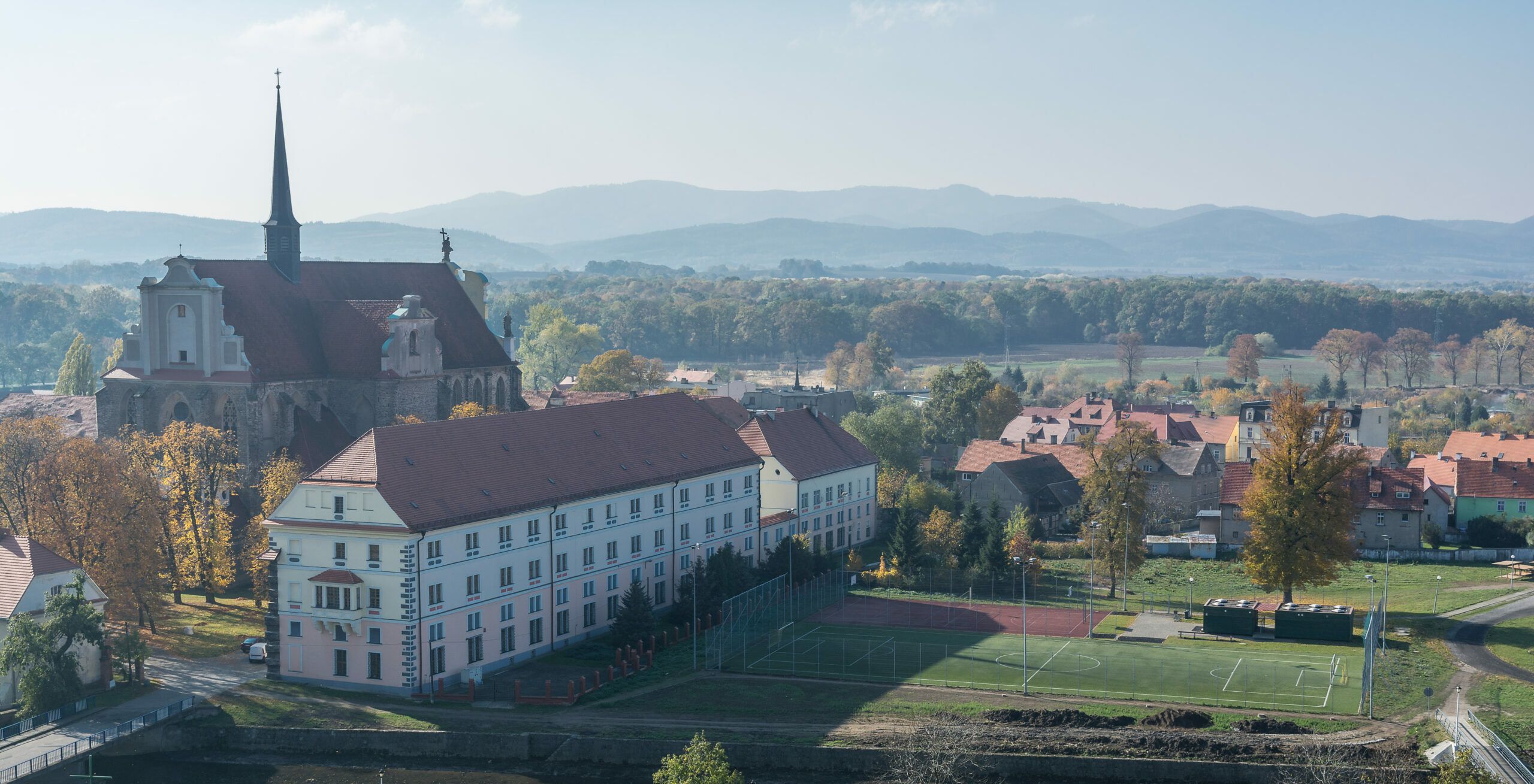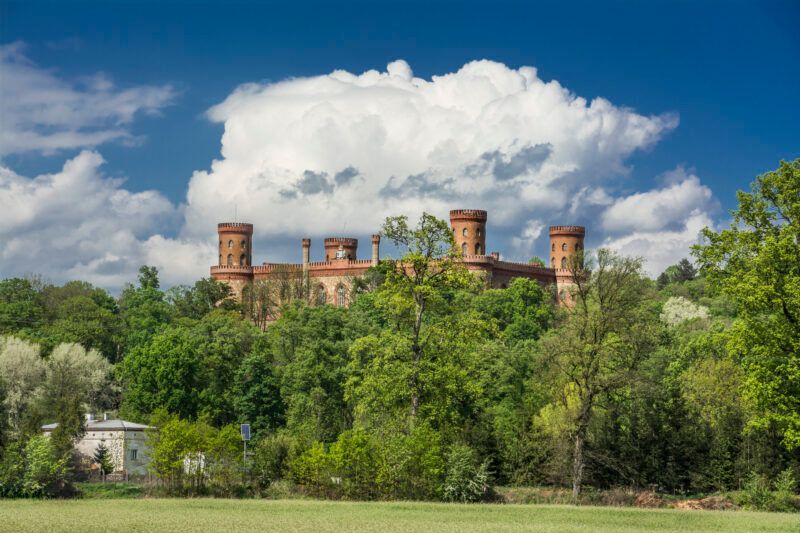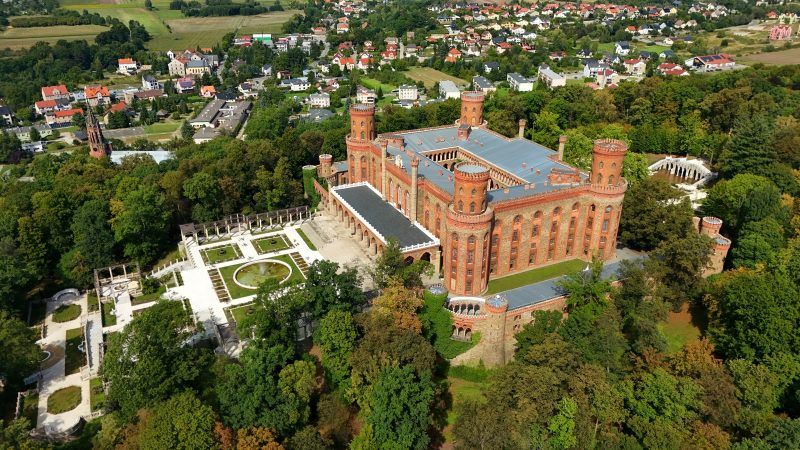Szukaj

Kamieniec Ząbkowicki
Kamieniec Ząbkowicki

Kamieniec Ząbkowicki
Galeria

Kamieniec Ząbkowicki
3
Pałac Marianny Orańskiej w Kamieńcu Ząbkowickim
3
Pałac w Kamieńcu Ząbkowickim
3
Pałac Marianny Orańskiej w Kamieńcu Ząbkowickim
3
Kamieniec Ząbkowicki, fot. Albin Marciniak
3
Kościół Wniebowzięcia Najświętszej Maryi Panny i świętego Jakuba Starszego w Kamieńcu Ząbkowickim, fot. Marek Janczyszyn
3
Kamieniec Ząbkowicki, fot. Albin Marciniak
3